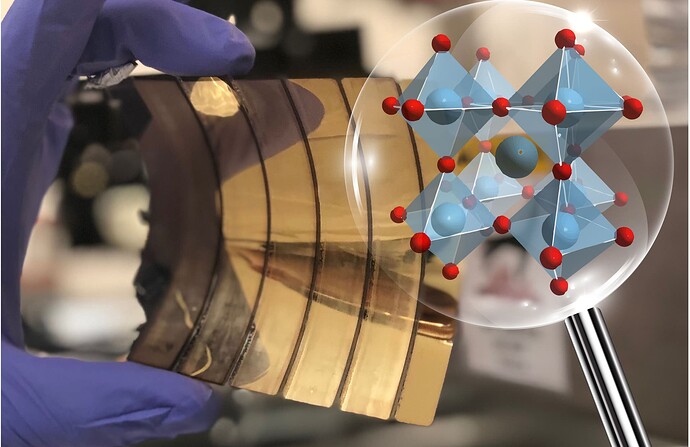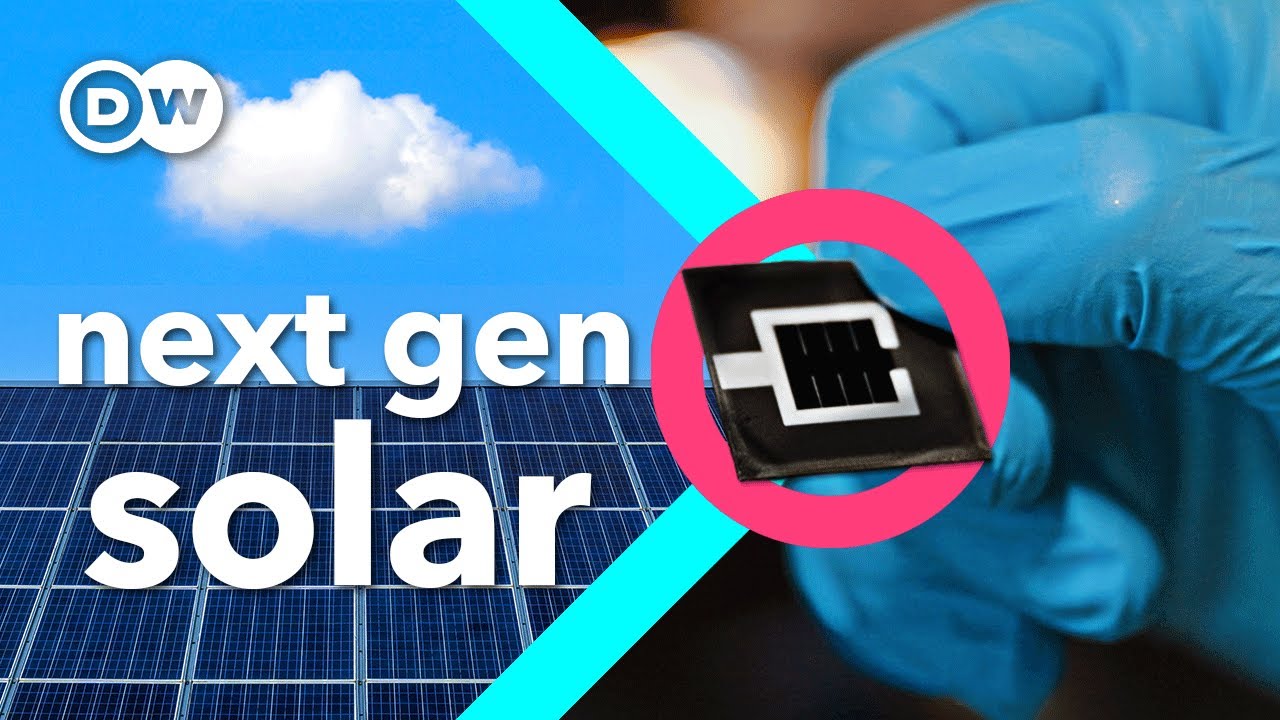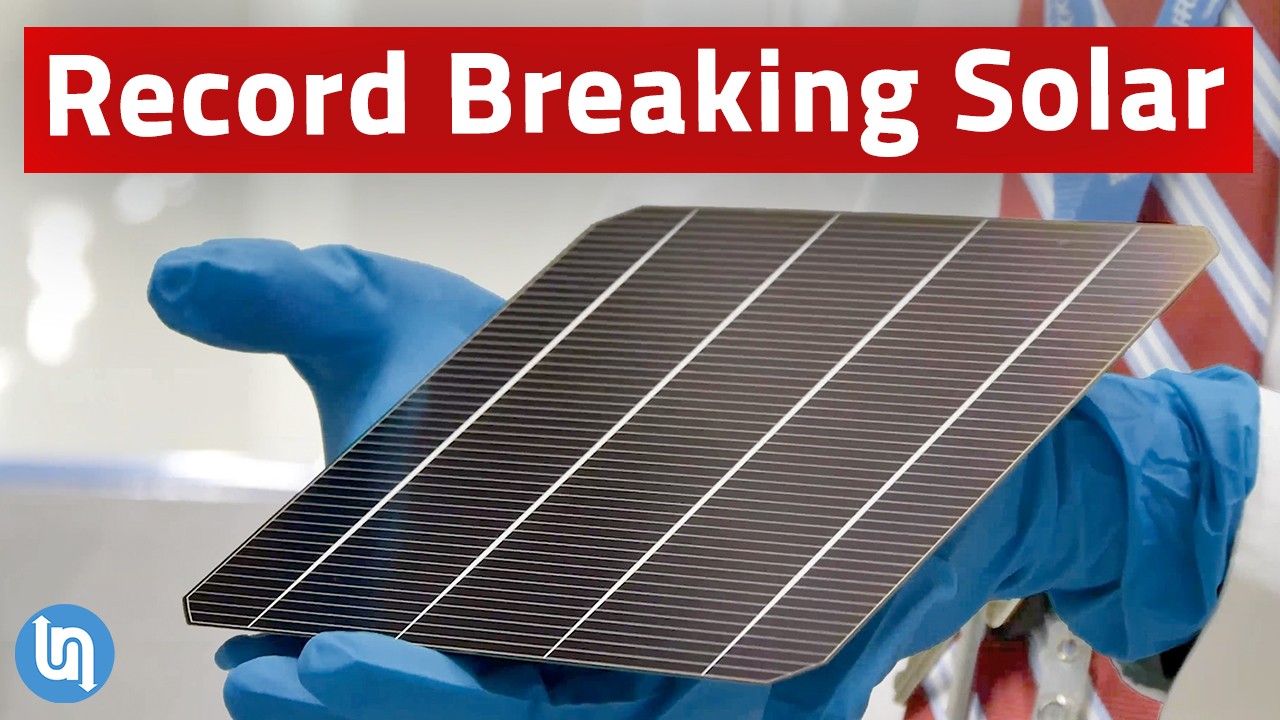Current commercial photovoltaic cells are made of sylicon and reach up to 22 % efficiency with theoretical maximum between 29% and 39% according to different data (this is why I’m so interested in direct light and heat management). But for producing electricity, now all eyes are on perovskite.
DW reports on technology and progress of one startup in Germany:
Perovskite uses a different part of light spectrum than sylicon, therefore they can even be stacked on top of each other and combined. Efficiency of perovskite is reported at around 25% to 30%, and stacking can theoretically give around 50% efficiency. This is a lot, but of course, at a double price.
Perovskite panels in theory can be flexible, printed or semi-transparent. Their achilles heel is durability - currently such experimental panels can lose 80% efficiency in two years, which is a deal breaker for commercializing. Yet multiple companies are quite confident to deal with this and bring these panels to market.
Matt Ferrel talks about it here:


